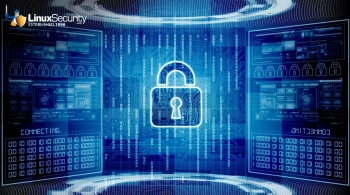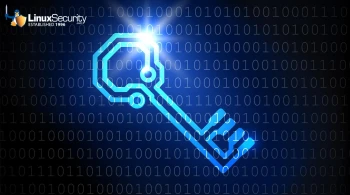Linux admins,
Let's face it—no database system is truly immune to inconsistencies and corruption. Whether it's unexpected crashes leading to database page corruption or other sneaky inconsistencies creeping into your MySQL setup, tackling these issues head-on is a crucial part of our job. This week, we’re bringing you the insights and tools you need to handle these challenges effectively. In our article on Fixing and Securing MySQL InnoDB Table Corruption, we'll cover our essential strategies and best practices to identify, troubleshoot and rectify database inconsistencies, as well as provide some unique tips on how best to secure your databases to prevent it from happening in the first place.
I'll also explain how you can boost your Linux server security with Secure Shell (SSH) mastery.
Please share this newsletter with your friends to help them gain critical Linux security insights. Is there a Linux security-related topic you want to cover for our audience? We welcome contributions from passionate, insightful community members like you!
Yours in Open Source,

Comprehensive Guide to Fixing and Securing MySQL InnoDB Table Corruption
MySQL InnoDB tables are the tables created using the InnoDB search engine. You can create InnoDB tables using the CREATE TABLE command, DATA DIRECTORY clause, and CREATETABLE … TABLESPACE system. Irrespective of your methods to create InnoDB tables, they are prone to corruption and inconsistencies. When the tables created in the InnoDB search engine are damaged or corrupted, you can face different errors and issues while accessing those tables. In this guide, we explore the efficient methods to repair corruption in MySQL InnoDB tables. |
Boost Your Linux Server Security with SSH Mastery
Secure remote connections are essential when managing a Linux server, and one of the most widely used and trusted methods for remote server administration is Secure Shell (SSH). SSH creates a protected channel over an insecure network by encrypting all information shared between the server and client, safeguarding data exchanged between them from potential attackers, eavesdroppers, hijackers, or manipulators of communication streams. But why is SSH essential for secure Linux remote server connections, and how can we admins maximize its potential? I'll delve into SSH usage and share best practices for securing SSH. I'll also dispel popular myths regarding security and introduce my top open-source SSH tools, which are available to us all. |















